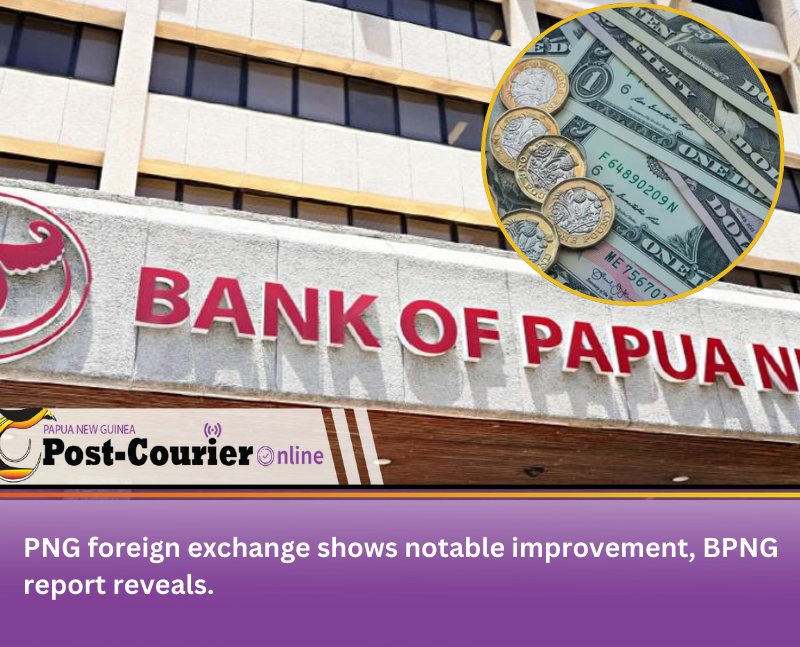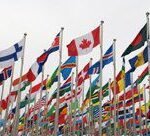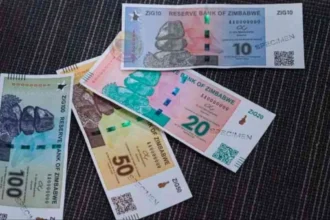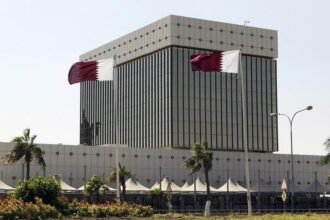A recently released report from the Bank of Papua New Guinea has revealed that the country’s foreign exchange market has shown notable improvement since the March 2025 economic outlook.
The bank revealed this during its Monetary Policy Committee meeting, September 3 2025.
According to the Bank, inflows over the six months from the end of March to August 21, 2025, have increased from K12.3 (US3.1) billion to K13.7 (US3.4) billion.
“This increase was largely driven by higher international commodity prices in both the mining and agricultural sectors, together with a positive supply response,” BPNG revealed.
On the other hand, according to the Bank, total foreign exchange demand has declined slightly by K0.2 (US0.1) billion toK15.6 (US3.8) billion.
The Bank says this reflects reduced demand from the construction and wholesale sectors.
Over the six-month period, the Bank recorded a net outflow of K1.8 (US0.4) billion, which was met through the Bank’s monthly interventions totalling K1.3 (US0.3) billion.
The Bank says that compared to the previous six months, it intervened less by US403 (downfromUS703) million due to stronger commercial flows.
According to the Bank, these inflows enabled some Authorised Foreign Exchange Dealers (AFEDs) to accumulate surplus positions, which in turn led to the emergence of interbank trading in the foreign exchange market, an activity that had been dormant since 2013.
The Bank also revealed that outstanding foreign exchange orders almost halved, falling from K651.5 million in February to K308.1 million by August 2025, further underscoring the improvement in foreign exchange market conditions.
The Bank further revealed that between March and August 2025, the Kina depreciated by 3.4 percent against the U.S. dollar and by 6.7 percent on the Trade Weighted Index (TWI), reflecting the strengthening of partner currencies.
The Bank says that while conditions in the foreign exchange market have improved, sustained progress hinges on maintaining consistent inflows of foreign currency.
To address imbalances in the foreign exchange market and support Kina convertibility, the Bank explained that the crawl-like exchange rate arrangement is maintained, allowing a measured depreciation of the Kina to promote export competitiveness and moderate import demand, thereby easing pressure on the foreign exchange market.
Picture credit- FXEMPIRE



















